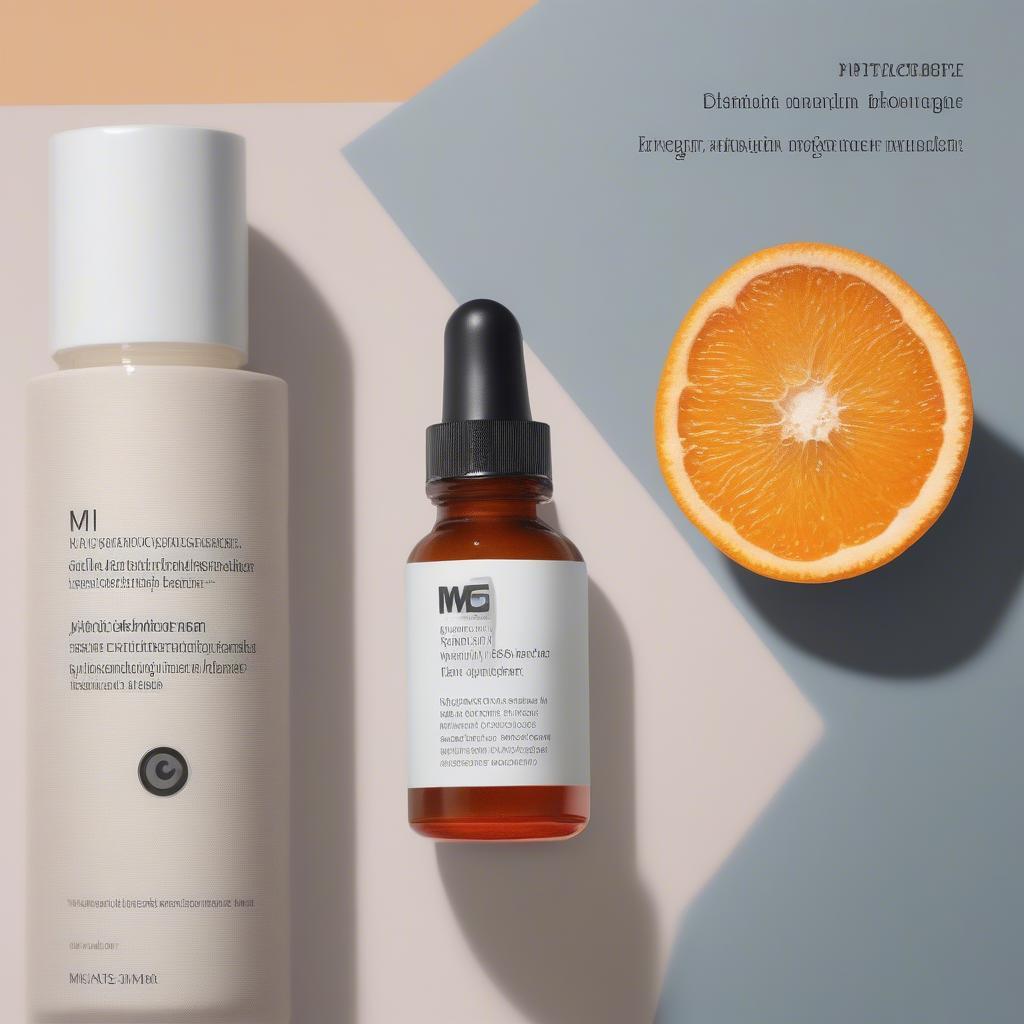Understanding Reactive Skin Care: A Comprehensive Guide
- AmazoniaSilva
- Tháng 12 14, 2024
- Zodiac signs
- 0 Comments
Reactive skin can be frustrating, leaving your complexion unpredictable and sensitive. This guide dives deep into what reactive skin is, its causes, and most importantly, how to build a Reactive Skin Care routine that soothes and strengthens your skin’s natural barrier.
What is Reactive Skin?
Reactive skin is characterized by its heightened sensitivity to various internal and external triggers. Unlike sensitive skin, which is a skin type, reactive skin is a condition where the skin overreacts to stimuli, leading to redness, itching, burning, dryness, and even breakouts. This can be triggered by anything from weather changes and certain ingredients in skincare products to stress and hormonal fluctuations.
Identifying Reactive Skin: Is Your Skin Just Sensitive or Reactive?
While sensitive and reactive skin share some similarities, key differences exist. Sensitive skin is a consistent skin type, while reactive skin flares up in response to specific triggers. Understanding this distinction is crucial for developing an effective skincare routine.
Common Symptoms of Reactive Skin
- Redness: Often appearing in patches or as a flushed complexion.
- Itching: Can range from mild to intense and uncomfortable.
- Burning or Stinging Sensations: Especially after applying certain products.
- Dryness and Flaking: Leading to a tight, uncomfortable feeling.
- Breakouts: Not always present, but can occur as a reaction to triggers.
Causes of Reactive Skin
Various factors can contribute to the development of reactive skin. Identifying these triggers is the first step towards managing the condition.
Environmental Factors
- Weather Changes: Extreme temperatures, wind, and sun exposure can exacerbate reactivity.
- Pollution: Airborne pollutants can irritate and inflame the skin.
- Harsh Cleansers and Soaps: Stripping the skin of its natural oils can disrupt the barrier and increase sensitivity.
Lifestyle Factors
- Stress: Emotional stress can manifest as skin issues, including reactivity.
- Diet: Certain foods and drinks, such as spicy foods and alcohol, can trigger reactions.
- Lack of Sleep: Inadequate sleep can weaken the skin’s ability to protect itself.
Product-Related Factors
- Fragrances: A common irritant, even in products marketed for sensitive skin.
- Essential Oils: While natural, these potent oils can trigger reactions in sensitive individuals.
- Preservatives and Dyes: Artificial additives can irritate and inflame reactive skin.
Building a Reactive Skin Care Routine
The key to managing reactive skin is to create a gentle, minimalist routine that focuses on strengthening the skin barrier and reducing inflammation.
Cleansing
- Choose a Gentle, Fragrance-Free Cleanser: Opt for creamy or milky cleansers that effectively remove dirt and makeup without stripping the skin.
- Avoid Harsh Scrubbing: Gentle, circular motions are sufficient for cleansing.
- Lukewarm Water is Best: Hot water can further irritate reactive skin.
Moisturizing
- Hydration is Key: Look for moisturizers that contain ceramides, hyaluronic acid, and other humectants to attract and retain moisture.
- Apply Twice Daily: Morning and night application is essential for maintaining hydration.
- Avoid Thick, Occlusive Creams: These can trap irritants and exacerbate breakouts.
Protecting
- Sunscreen is Non-Negotiable: Daily sunscreen application is vital for protecting reactive skin from damaging UV rays.
- Choose a Mineral Sunscreen: Look for formulas containing zinc oxide or titanium dioxide, which are less likely to irritate.
- Reapply Every Two Hours: Especially after swimming or sweating.
When to Seek Professional Help
If your reactive skin is severe or not responding to at-home care, consulting a dermatologist is recommended. They can help identify specific triggers and recommend tailored treatments or prescription medications.
Conclusion
Managing reactive skin requires a proactive and consistent approach. By understanding your triggers and adopting a gentle, protective skincare routine, you can minimize reactions and achieve a calmer, healthier complexion. Remember, patience is key, and finding the right products and routine for your unique skin may take some experimentation.
FAQ
- What’s the difference between sensitive and reactive skin?
- What are the most common triggers for reactive skin?
- How can I test a new product on reactive skin?
- What ingredients should I avoid if I have reactive skin?
- Can reactive skin be cured?
- What should I do if my reactive skin gets worse?
- Are there any natural remedies for reactive skin?
Need more support? Contact us at [email protected], Fifth Avenue, 34th Floor, New York, NY 10118, USA. We have a 24/7 customer support team.
